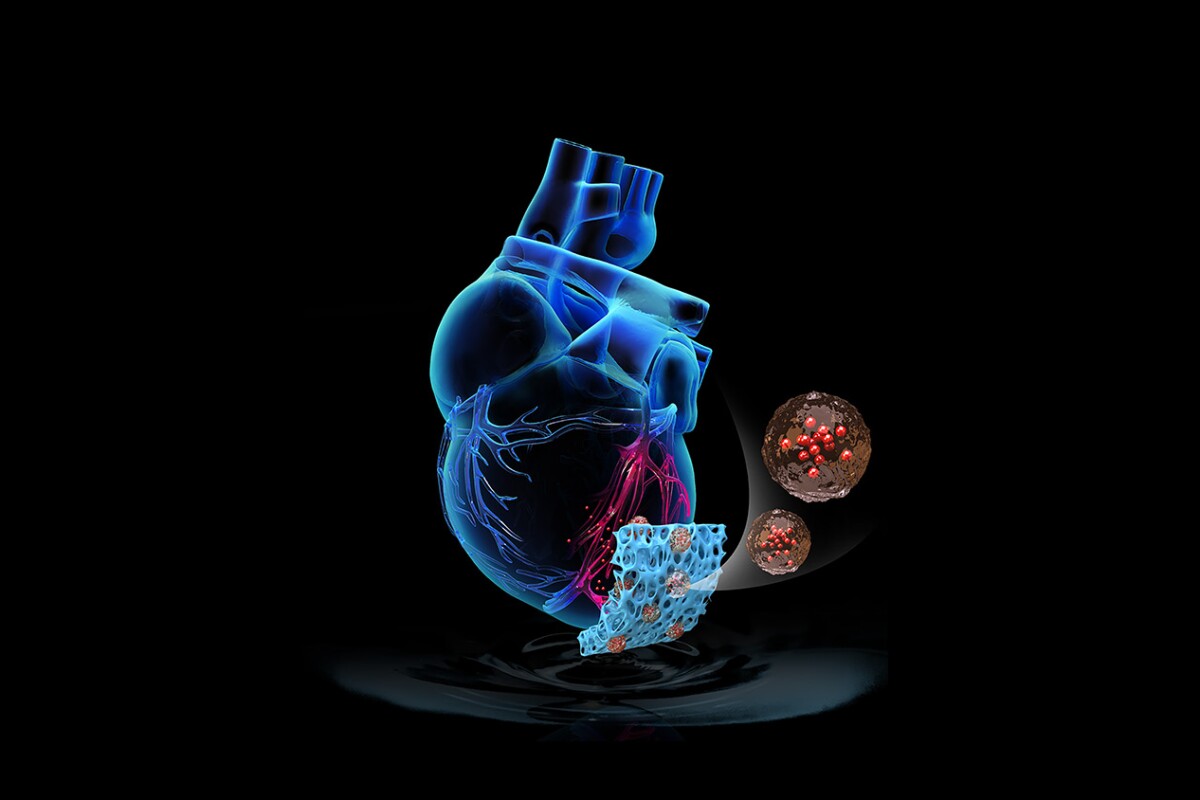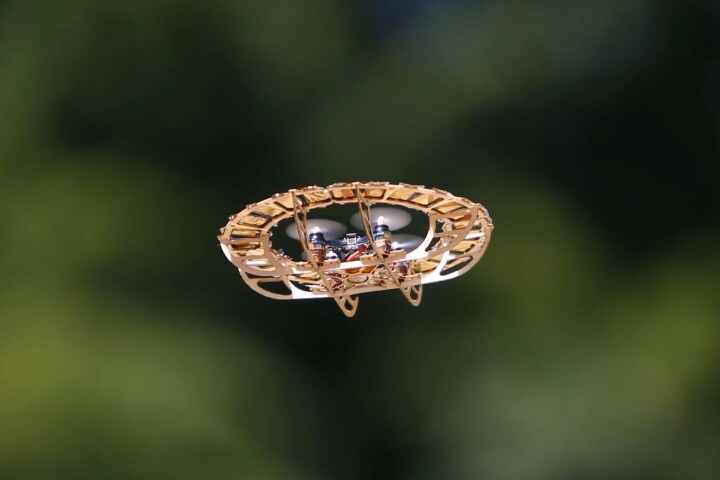One of the ways medical researchers are looking to offer heart attack sufferers a greater chance of full recovery is through cardiac patches. These medical devices are designed to help regenerate healthy tissue after the injury and restore the organ to proper function, and scientists at North Carolina State University have now developed an “off-the-shelf” version they say overcomes some of the dangers of other approaches.
We have seen quite a few experimental cardiac patches over the years. Each has their own unique features, but all designed to repair tissue that has been irreversibly damaged through a heart attack. Many approaches involve using living cells embedded in scaffolds, which when implanted take on the role of regular heart cells and mimic the effects of beating heart tissue.
But according to the North Carolina State University team, using living cellular material brings some dangers, including a heightened risk of tumor, irregular heart beat or the chance that it will trigger an immune response from the patient. The scientists believe they have come up with safe alternative.
“We have developed an artificial cardiac patch that can potentially solve the problems associated with using live cells, yet still deliver effective cell therapy to the site of injury,” says study author Ke Cheng.
The team’s “off-the-shelf” design begins with decellularized pig heart tissue, which the team fashioned into a scaffolding matrix to serve as the primary structure of the patch. Synthetic cardiac stromal cells containing repair factors derived from real cardiac stromal cells were then embedded in the matrix, forming a package that offers all the therapeutics normally secreted by cells, but in an entirely artificial form.
The scientists used the patch on a rat model of a heart attack, in which it boosted cardiac function by around 50 percent over a three-week period compared to no treatment. At the same time, it reduced scarring at the injury site by around 30 percent. In another seven-day study using a pig model, the patch also reduced scarring by around 30 percent, with the patch “stabilizing” heart function.
Through further experiments, the team also found that frozen patches worked just as well as fresh ones.
“The patch can be frozen and safely stored for at least 30 days, and since there are no live cells involved, it will not trigger a patient’s immune system to reject it,” Cheng says. “It is a first step toward a truly off-the-shelf solution to cardiac patch therapy.”
The research was published in the journal Science Translational Medicine.
Source: North Carolina State University




